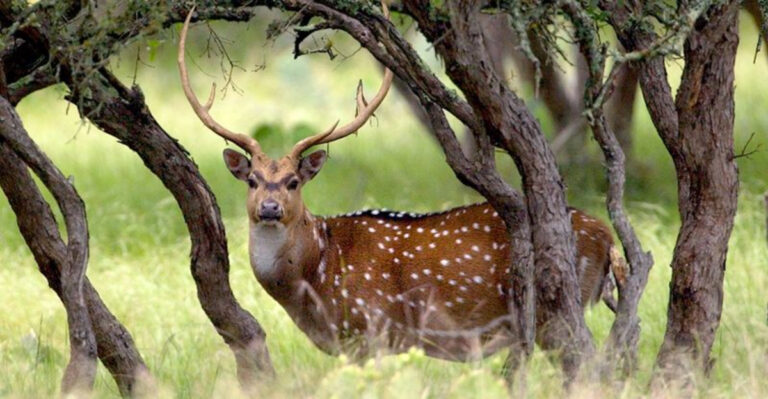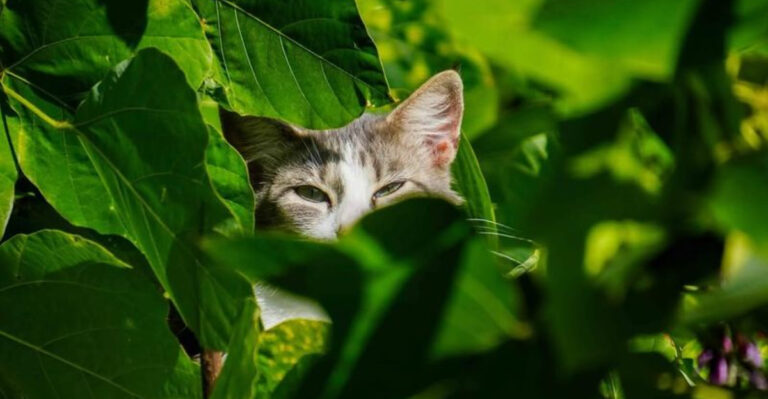13 Early Warning Signs Of Snakes In Your Yard
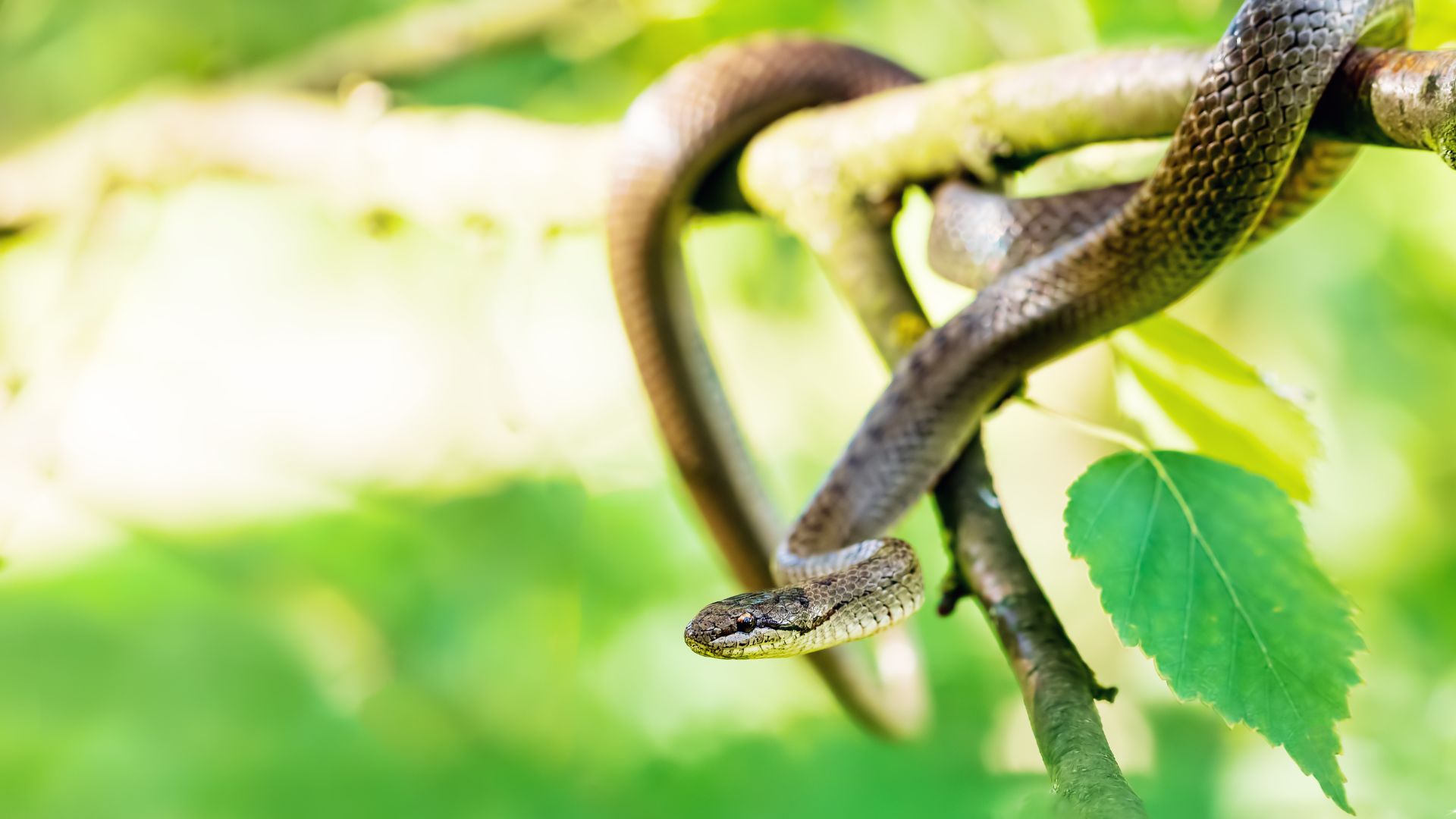
Snakes are often elusive creatures, making it difficult to detect their presence in your yard until it’s too late.
However, there are several early warning signs that can help you spot a snake before it becomes a problem. From unusual animal behavior to specific environmental changes, being aware of these signals can give you the upper hand in keeping your yard safe.
1. Shedded Snake Skins
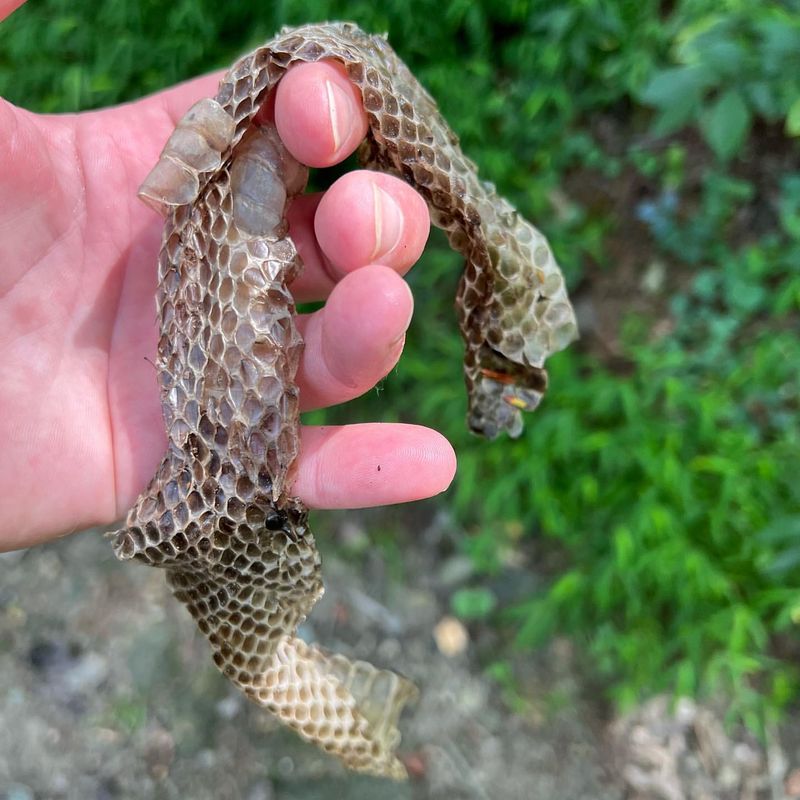
Imagine stumbling upon a translucent, paper-thin skin lying amidst the grass. This eerie, ghostly remnant is more than just a sight to behold! It’s a surefire sign that a snake has been hanging out in your yard. Snakes shed their skins as they grow, leaving behind this unmistakable evidence of their presence. The intricate patterns and texture of the skin can even help identify the species, making you feel like a bona fide wildlife detective.
While finding a shedded snake skin might send shivers down your spine, it’s an incredible opportunity to learn more about your slithery neighbors. Examine the skin carefully, and take note of its size and markings. This can give you clues about the snake’s size and type. It’s essential, however, to tread carefully and ensure your paths do not cross, as it means the snake has recently been there.
Remember, snakes shed their skins frequently, so the discovery of one could indicate multiple visits. Keep your eyes peeled and your garden tidy to prevent any unwanted slithering surprises in the future.
2. Snake Tracks
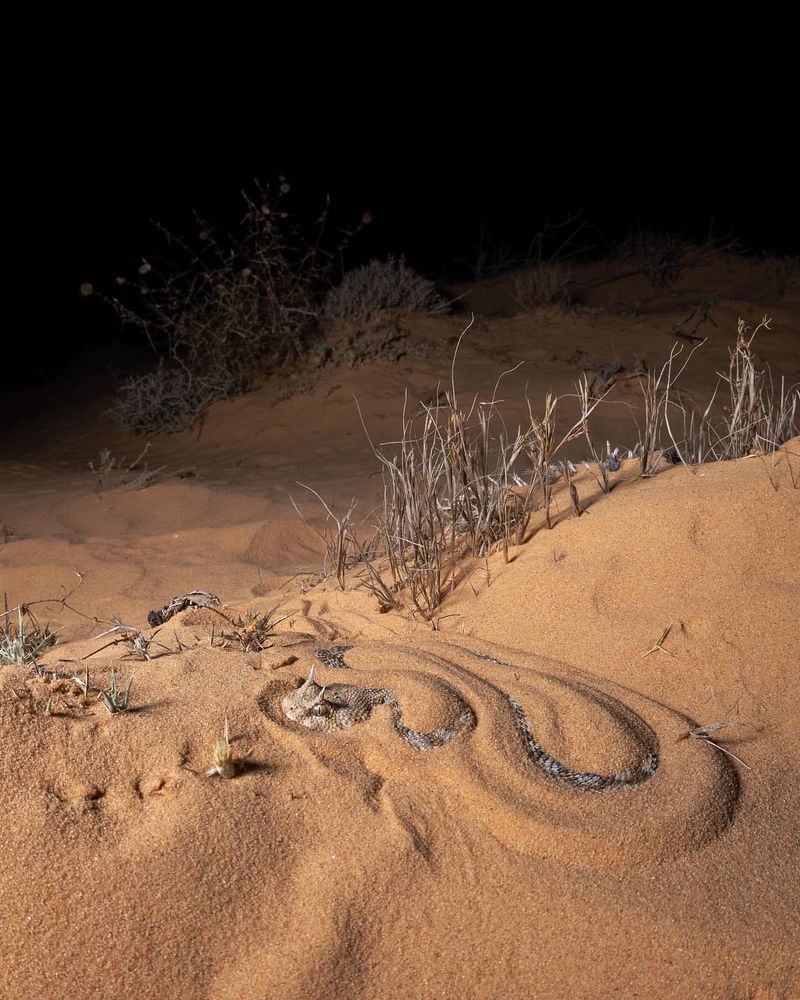
Spotting snake tracks can feel like uncovering an ancient mystery, leaving a trail of curiosity and caution. These winding, sinuous patterns etched into the soil or sand are often the only trace left behind by a snake as it glides silently across the terrain. Each track tells a story, revealing the path a snake has taken, and sometimes even hinting at the snake’s species.
Snake tracks are a subtle but telling sign that a reptilian visitor has been in your area. Unlike other animals, snakes do not leave footprints; instead, their bodies create smooth, wave-like impressions on soft surfaces. Observing these can give you insights into the snake’s behavior and its preferred routes across your yard.
To identify snake tracks, look for continuous, wavy lines on dusty paths, sand, or loose soil in your garden. If you’re feeling particularly adventurous, try to follow the tracks to see where they lead. However, always exercise caution, as it’s best to admire these fascinating creatures from a safe distance. Remember, knowledge is power, and understanding these tracks can help you keep your yard snake-free.
3. Snake Holes
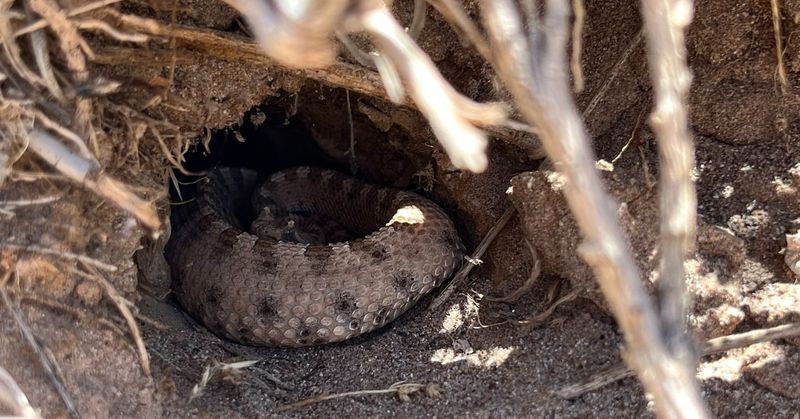
As you wander through your garden, you might come across small, neat holes in the ground. While at first glance they might appear insignificant, these openings can actually be a telltale sign of snakes taking refuge underground. Snakes often use these burrows to escape the heat, hide from predators—or even prepare for a stealthy approach.
These holes are typically round and smooth, varying in size depending on the snake species. When you spot one, it’s a clear indicator that your yard might be home to these elusive creatures. It’s crucial to approach these findings with a mixture of awe and caution. Remember, where there’s a hole, there could be a snake lurking nearby.
To discourage snakes from making your yard their new home, regularly inspect your garden for holes and fill them up. Keeping your grass short and removing potential hiding spots such as piles of leaves or debris can also be effective. Embrace the challenge of maintaining a snake-free yard by being proactive and attentive to these subtle signs.
4. Shed Feathers Or Fur
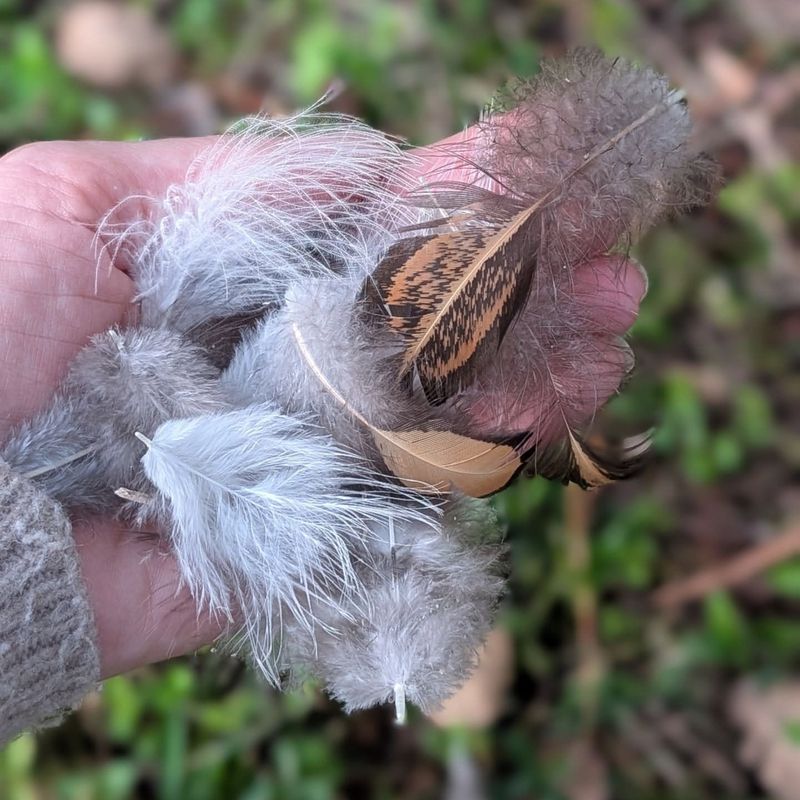
Finding random clumps of feathers or fur scattered around your yard might seem harmless at first. However, these remnants can signal a snake’s recent meal or hunting ground. Snakes are skilled predators, and their presence can often be deduced from the leftovers of their feasting adventures.
Birds, rodents, and small mammals often fall prey to these stealthy serpents, leaving behind traces of their last moments. Discovering such evidence can be unsettling, but it’s one of nature’s ways of alerting you to the presence of these reptilian hunters. It’s a call to action—to be vigilant and aware of the dynamic ecosystem right in your backyard.
To minimize these encounters, take steps to deter snakes by keeping your yard clean and free of debris. Remove potential prey sources such as rodents by securing trash bins and clearing vegetation where they might hide.
By reducing the appeal of your yard as a hunting ground, you play an active role in managing your outdoor space and ensuring it remains a safe haven for you and your family.
5. Hissing Sounds
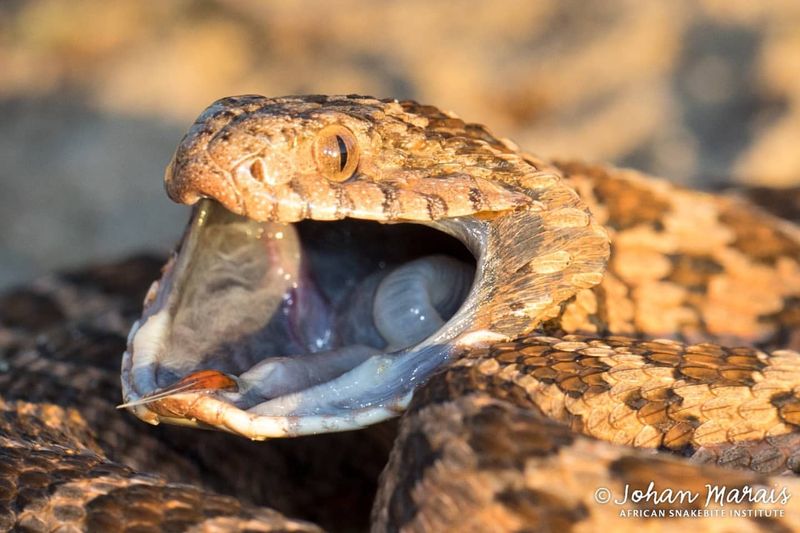
Imagine the eerie experience of hearing a sudden, sharp hiss while tending to your garden. This unexpected sound, often associated with snakes, serves as a warning sign of their presence. Snakes hiss as a defensive mechanism when they feel threatened, and it’s their way of saying “keep your distance.”
The hiss is produced by forcing air through their glottis, creating a distinct, menacing sound. It can be startling, especially if you’re not expecting it. This auditory clue is nature’s way of giving you a heads-up, urging you to exercise caution and respect the snake’s space.
If you hear such a sound, take a step back and observe your surroundings calmly. Avoid making sudden movements that might provoke the snake. Understanding this sign helps you coexist peacefully with these fascinating creatures, ensuring your safety and theirs. By tuning into these natural cues, you enhance your awareness of the environment and become more attuned to the subtle symphony of your garden.
6. Unusual Pet Behavior
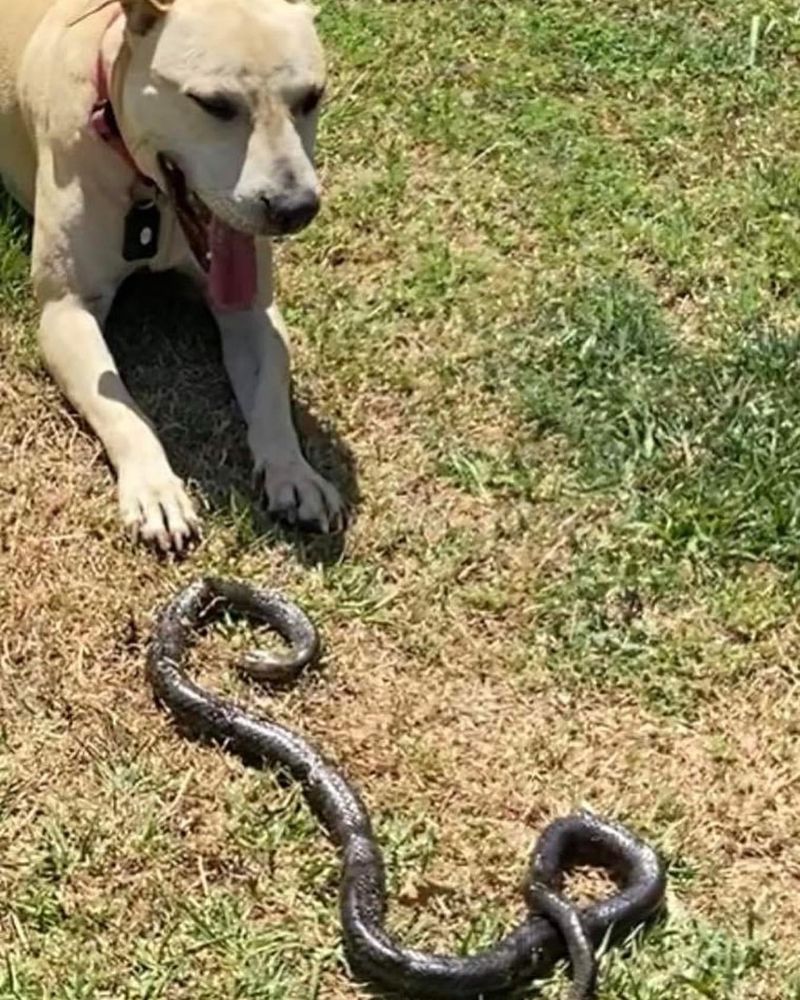
Your furry friends have a knack for sensing things humans often overlook. If your pet suddenly becomes fixated on a particular spot in the yard, barking or acting anxiously, it might be time to investigate further. Pets can detect the presence of snakes through their keen sense of smell and hearing, often alerting you before you even know they’re there.
Unusual pet behavior can include anything from incessant barking, whining, or pawing at the ground to suddenly becoming defensive or retreating from an area. This behavior might seem out of character, but it’s their way of communicating that something is amiss.
When you notice such behavior, pay attention to your pet’s signals and approach the area with caution. Ensure your pet is safe, and try to identify what might be triggering their reaction. By trusting your pet’s instincts, you not only protect them but also gain an early warning of a potential snake presence in your yard. This collaboration between you and your pet creates a dynamic team in maintaining a secure and peaceful outdoor environment.
8. Strange Odors
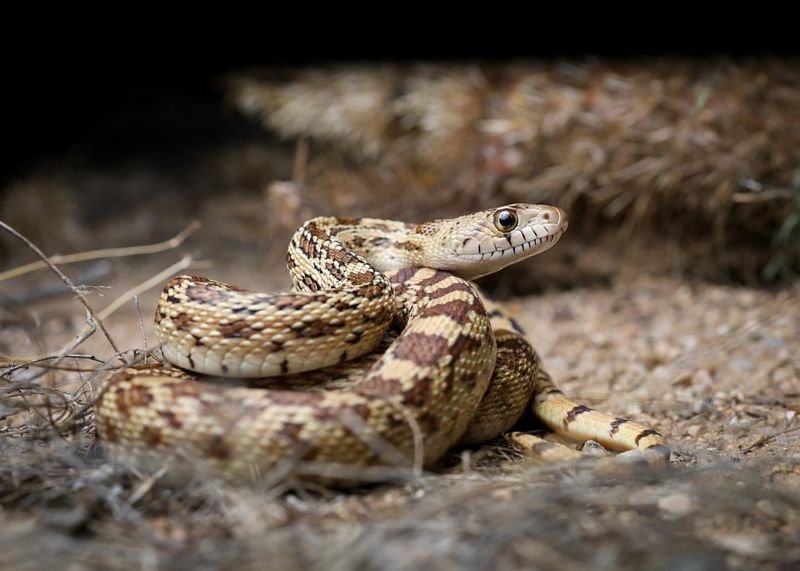
Ever caught a whiff of an unfamiliar, musky odor while strolling through your yard? This peculiar smell might be a sign that a snake has taken up residence nearby. Snakes can emit an odorous musk from glands located at the base of their tails as a defense mechanism or during mating season.
This distinctive scent can be hard to miss once you know it. It’s a potent reminder of nature’s complexity, signaling the presence of these sly reptiles even when they remain out of sight. Recognizing this odor allows you to be more cautious and aware of your surroundings.
If you detect such a smell, take it as a cue to inspect your yard for other signs of snake activity. Clearing clutter and maintaining a tidy landscape can help deter snakes from settling in your area. By honing your sense of smell and incorporating it into your snake-detection toolkit, you fortify your defenses against unwelcome slithering visitors.
9. Increased Rodent Activity
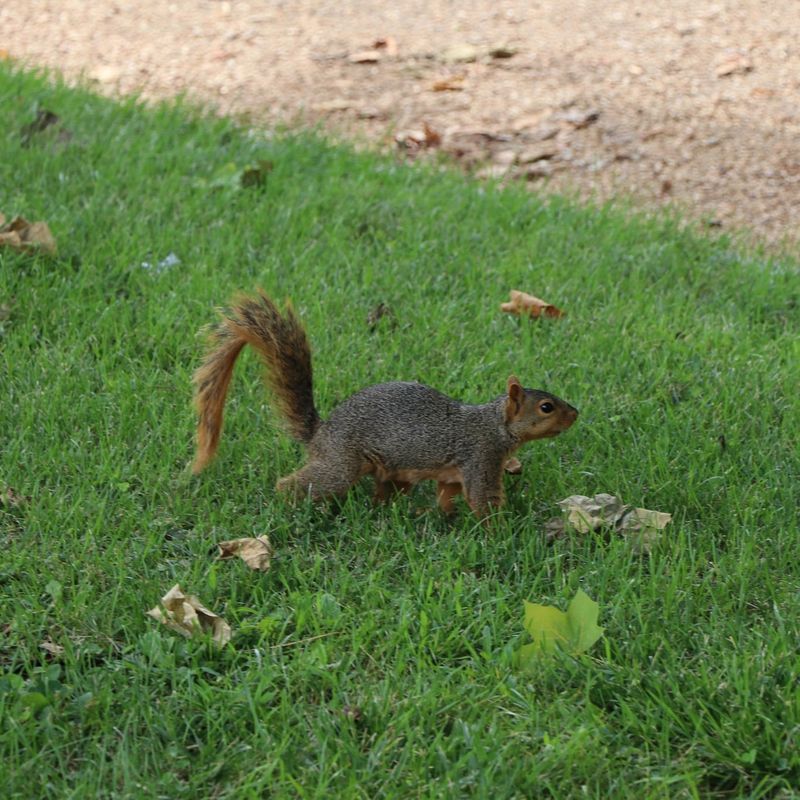
An uptick in rodent activity can be an indirect, yet significant sign that snakes are nearby. Rodents serve as a primary food source for many snake species, so where there’s an abundance of mice or rats, snakes are likely to follow. This increase in prey can attract snakes to your yard, searching for their next meal.
Observing more rodents scampering around your garden might feel like a double-edged sword. On one hand, it indicates a healthy ecosystem, but on the other, it signals the potential presence of snakes. Understanding this connection helps you better manage your outdoor environment.
To mitigate this, focus on rodent control by securing food sources, sealing entry points to buildings, and maintaining a clean garden. By reducing the appeal of your yard to rodents, you also reduce the likelihood of attracting snakes. This proactive approach allows you to enjoy your outdoor space with peace of mind, knowing you’re minimizing the chances of unexpected reptilian visitors.
10. Sunbathing Snakes
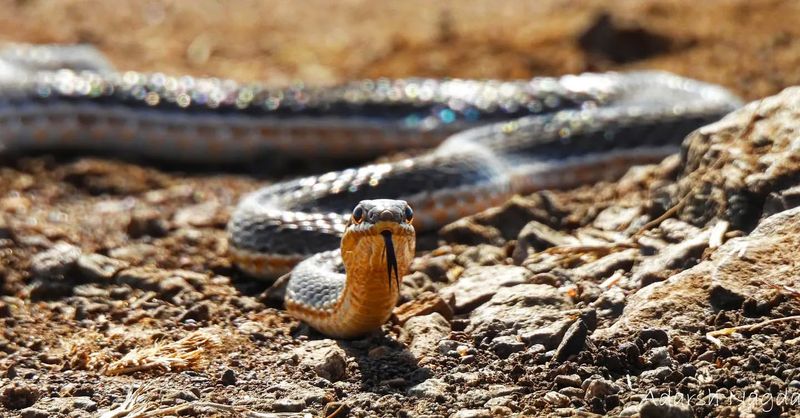
One of the more obvious signs of snakes in your yard is catching them basking in the sun. Like mini solar panels, snakes absorb warmth from the sun’s rays to regulate their body temperature. This behavior is often observed on rocks, pavements, or any surface that retains heat, providing a perfect spot for a leisurely sunbath.
Spotting a snake basking can be both intriguing and unsettling. It’s a reminder of their presence and their need for warmth, especially during cooler months. While seeing a snake sunbathing might make your heart skip a beat, it also offers a moment to appreciate these creatures’ resilience and adaptability.
To prevent this from becoming a frequent occurrence, consider reducing potential basking sites by altering your landscape. Remove unnecessary debris, cover exposed rocks, and maintain your garden to discourage snakes from settling in. This ensures your yard remains a comfortable and safe space for you and your family, while respecting the natural habits of these captivating reptiles.
11. Garden Damage
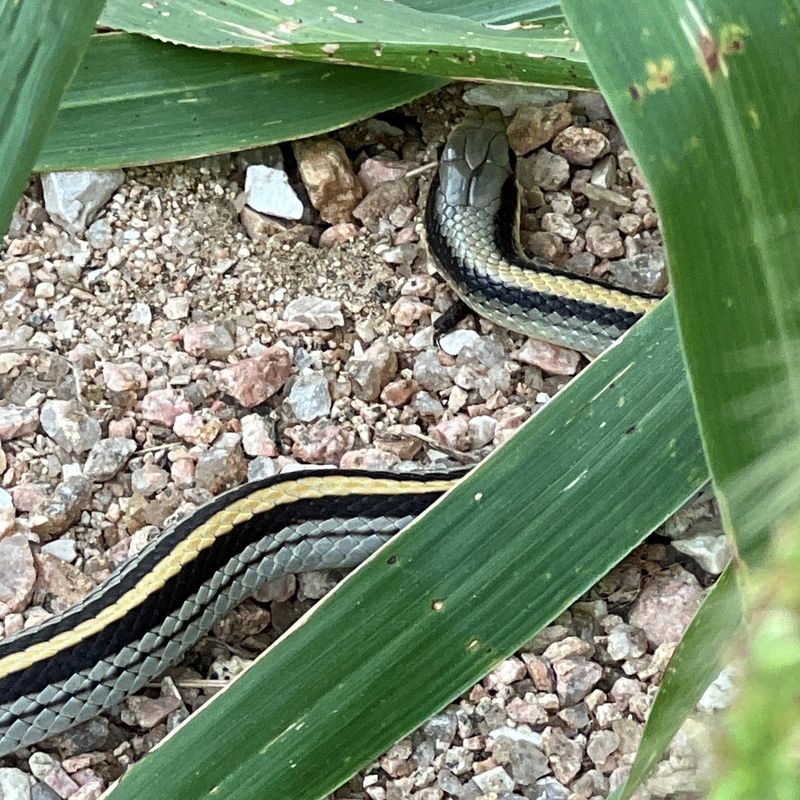
Notice any unusual disturbances in your garden? While snakes aren’t known for causing significant damage, their movements can sometimes leave subtle traces. Bent plants, disturbed soil, or disarrayed mulch can suggest a snake’s recent passage through your carefully tended landscape.
This minor destruction might not be immediately apparent, but it’s a clue that shouldn’t be ignored. Just as a detective follows the evidence, recognizing these signs allows you to piece together the puzzle of snake activity in your area.
To address this, maintain a tidy garden by regularly checking for disturbances and repairing any damage promptly. This not only enhances your garden’s appearance but also deters snakes by removing potential hiding spots.
By staying vigilant and attentive to these subtle changes, you ensure your garden remains a thriving, snake-free haven for all its intended inhabitants.
12. Snake Sightings
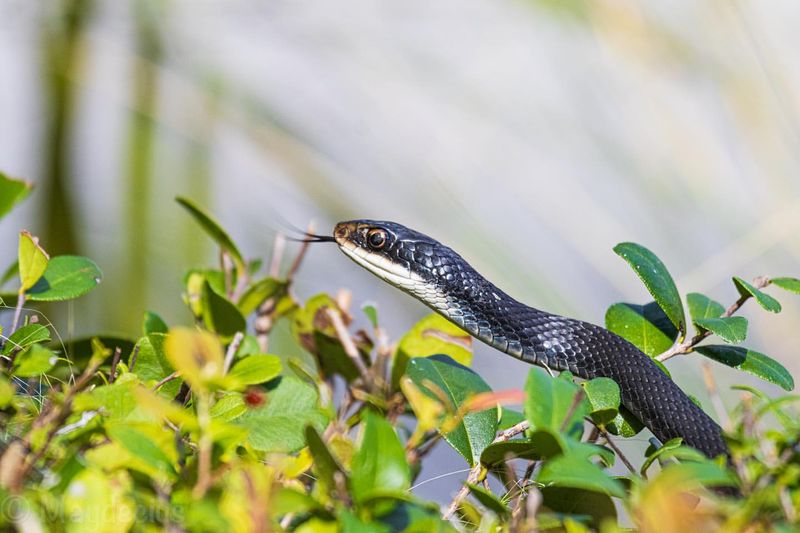
The most undeniable sign of snakes in your yard is, of course, seeing one with your own eyes. A snake sighting can be an adrenaline-pumping experience, as these creatures move with a grace and speed that is both fascinating and frightening. Whether it’s a quick glimpse of a tail disappearing into the bushes or a full view of a snake crossing your path, these encounters are unforgettable.
Seeing a snake often evokes mixed emotions—fear, intrigue, and even admiration for their sleek, efficient movement. It’s a stark reminder of the diverse wildlife that inhabits our world, often right in our own backyards. While some might reach for their phones to capture the moment, it’s important to remember to keep a safe distance and avoid any interaction.
To minimize these encounters, keep your yard well-maintained and free of debris. If you do see a snake, observe it from afar and allow it to move on peacefully. Educating yourself about the types of snakes common in your area can also help demystify these sightings, turning fear into fascination and respect for these enigmatic creatures.
13. Unusual Bird Activity
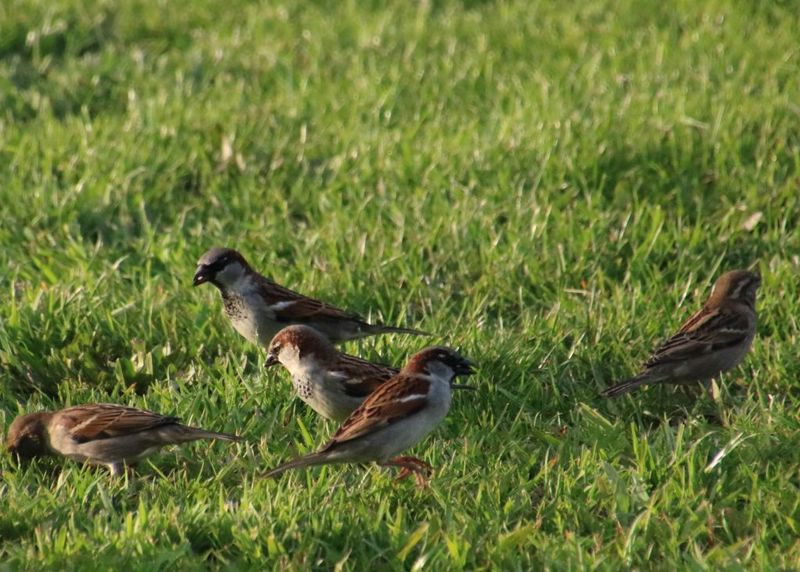
Birds are often the first to sense disturbances in their environment, acting as natural sentinels. If you notice unusual bird behavior, such as large gatherings or erratic movements, it could signal the presence of a snake. Birds are highly alert creatures and will often warn others of potential threats.
A yard filled with frantic chirping or sudden silence, as birds either mob a snake or flee its presence, can serve as an early warning sign. This behavior might give you a heads-up before you spot the snake yourself.
Pay close attention to your feathered visitors and their unusual patterns, as they can provide valuable clues for your safety.

